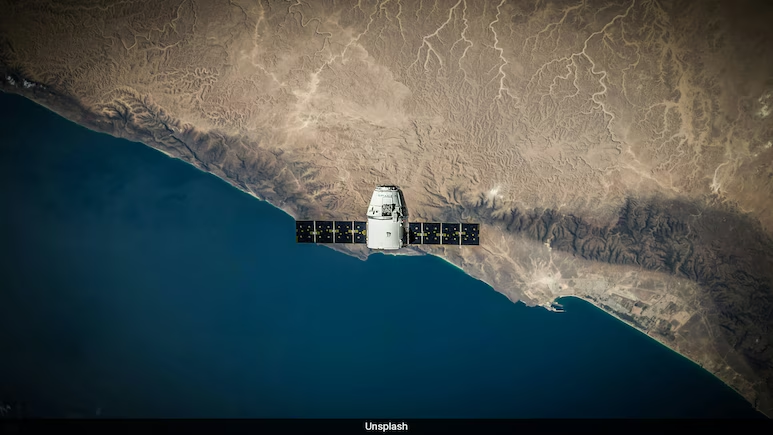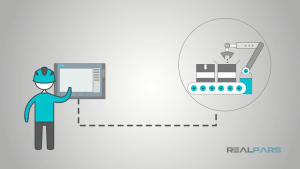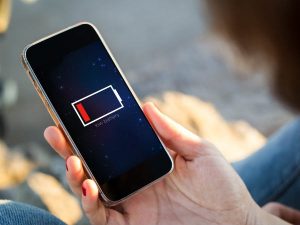SpaceSail is and how it could potentially challenge Starlink
- Elon Musk’s Starlink may face serious competition from SpaceSail, aSpaceSail is and how it could potentially challenge Starlink. novel idea in satellite internet technology. Similar to Starlink, but using a very different strategy, it seeks to provide worldwide internet connectivity. While SpaceSail uses a novel propulsion system employing solar sails, Starlink depends on a huge constellation of low Earth orbit (LEO) satellites launched by SpaceX. The following describes SpaceSail and how it might pose a threat to StarlinkSpaceSail is and how it could potentially challenge Starlink:
- Describe SpaceSail.SpaceSail is an idea for a new kind of satellite network that is propelled by solar sails rather than conventional rockets. Utilizing the force of sunlight, solar sails propel the spaceship forward. This lowers the cost of deployment and operation because solar-sail-equipped satellites don’t need to carry conventional fuel.
- The plan is to launch a huge number of tiny, solar-powered satellites into orbit in order to create a network that could provide internet connectivity to underserved and distant parts of the globe.
- How SpaceSail Could Challenge Starlink’s Lower Launch Costs: SpaceSail has the potential to drastically lower the cost of launching satellites into orbit because solar sails don’t need fuel or conventional propulsion systems. Compared to the present Starlink concept, which relies on frequent rocket launches to install additional satellites, this could make the construction and upkeep of a satellite internet network more economical.
- Less dependence on Rocket Launches: SpaceSail’s dependence on solar sails for propulsion lessens the need for frequent rocket launches, in contrast to Starlink, which relies on SpaceX’s rockets for satellite deployment. Satellites may continue to modify their orbits without needing extra fuel, which could make SpaceSail a more adaptable and sustainable solution.
- Environmental Impact: Compared to Starlink’s rocket launches, which release carbon emissions into the atmosphere, SpaceSail’s usage of solar sails as a propulsion mechanism is more environmentally benign. In the competition for worldwide connection, if successful, this might establish SpaceSail as a more environmentally responsible option.
- Sustainability: The solar sail technology offers a long-term, sustainable solution by enabling the satellites to move and change locations continually without requiring frequent recharging. Given that Starlink will need to often restock its constellation, this could provide SpaceSail a competitive advantage.
- Worldwide Coverage and Lower Latency: SpaceSail satellites might be able to offer greater worldwide coverage, particularly in areas that are more difficult to access. In some places, such as high-latitude or maritime regions, where conventional satellite constellations encounter difficulties, their distinctive design may also provide connection.
- Possible Difficulties for SpaceSail:
Despite its alluring potential advantages, SpaceSail has some technological obstacles to overcome: - Control and Reliability: Since solar sails are a relatively new technology, it is still unknown how well they will function over extended periods of time in space. It might be difficult to precisely control and position satellites with solar sails, especially when dealing with space debris and solar radiation pressure.
- Speed of Deployment: Compared to Starlink’s quick deployment of satellites using conventional propulsion, SpaceSail spacecraft may take longer to reach their intended orbits and provide full service since solar sails are sluggish to accelerate and rely on sunshine.
- Competition from Starlink: With thousands of satellites already in orbit, Starlink has a significant advantage, but SpaceX is a strong rival because to its infrastructure and funding. For SpaceSail to become a competitive alternative, these obstacles would need to be removed.
- In conclusion, even though SpaceSail presents a viable and environmentally friendly alternative to satellite-based internet, there are still certain challenges to be addressed, particularly with regard to deployment speed and dependability. It might seriously challenge Elon Musk’s Starlink in the competition to offer worldwide internet service if these problems are resolved.
Share this content:














1 comment